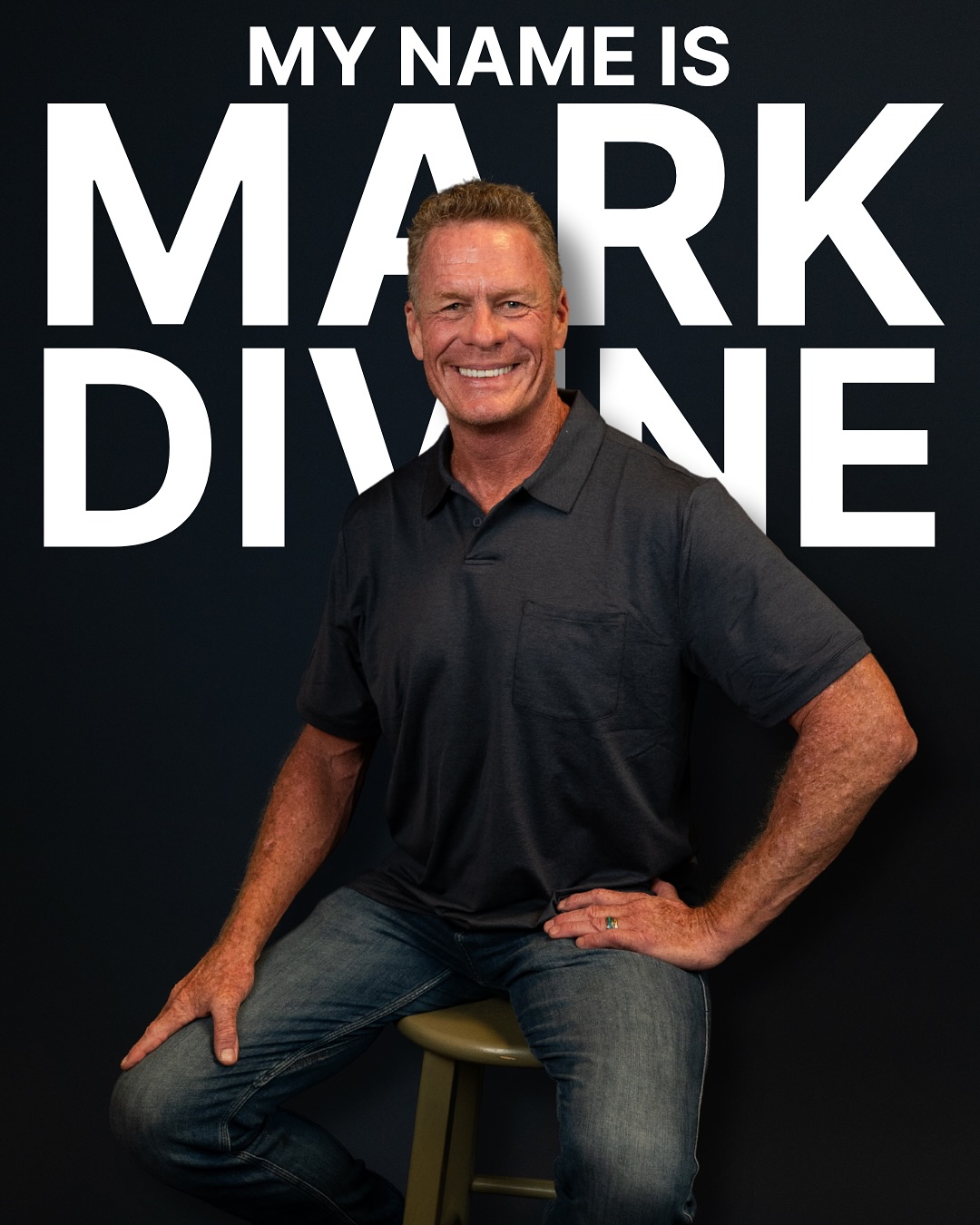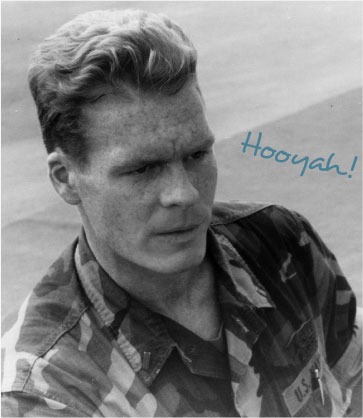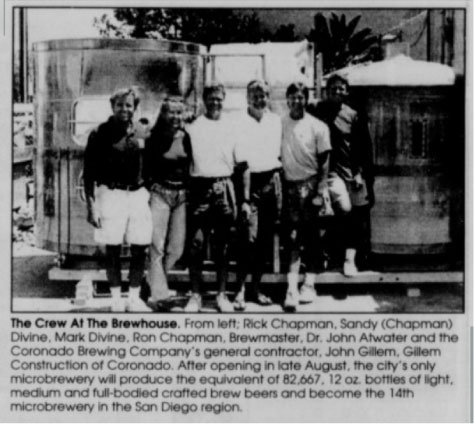give your mind
a new shift
this holiday
give your mind
a new shift
this holiday
BECOME
UNBEATABLE
WITH MARK DIVINE
Upcoming Events
Join an Upcoming Event
Discover all events
Jan
10
Sept 8
LIVE VIRTUAL EVENT | MARK DIVINE
Unbeatable Leader Challenge
Three days of intensive mental training designed to forge unshakeable mental toughness and authentic leadership presence.

JAN
10
JAN 10 2026
LIVE VIRTUAL EVENT | MARK DIVINE
Unbeatable Leader Challenge
One day of intensive mental training designed to forge unshakeable mental toughness and authentic leadership presence.

JAN
10
LIVE VIRTUAL EVENT | MARK DIVINE
Unbeatable Leader Challenge
One day of intensive mental training designed to forge unshakeable mental toughness and authentic leadership presence.

Brands We Worked With
"The way you do anything is the way you do everything."
This isn't just personal development. This is elite leadership and warrior mindset training for mind, body, and spirt transformation.
— Mark Divine, Ret. Navy SEAL Commander
Copyright © 2025 Mark Divine | All Rights Reserved

















